Are Mice Really Crazy About Cheese?
Introduction
The stereotype of mice having an insatiable craving for cheese has been ingrained in popular culture, from Shakespearean tales to animated shows like Tom and Jerry. However, do mice truly have a fondness for cheese?
Contrary to Popular Belief
Contrary to popular belief, mice do not actually have a strong affinity for cheese. In fact, some types of cheeses emit odors that repel mice due to their acute sense of smell. Researchers at Manchester Metropolitan University in the UK have discovered that while mice can consume a variety of foods from meat to paper, they are more drawn to sugary options like fruits, cereals, and even chocolate. Their dietary preferences are rooted in their natural instincts, as they historically consumed foods similar to what they currently prefer, prior to the invention of cheese around 10,000 years ago.
Natural Diet of Mice
Mice are omnivores with a diverse diet that includes seeds, grains, fruits, berries, insects, worms, snails, and plant waste. Their dietary habits vary depending on the availability of food sources in their environment.
Cheese-Testing Experiment
In a study conducted on the BBC show Winterwatch, researchers tested mice's preference for cheese by presenting them with three options: cheddar cheese, peanuts, and grapes. Surprisingly, the mice consistently chose peanuts over cheese, debunking the notion that mice have a strong affinity for cheese.
Origins of the Myth
The misconception that mice love cheese likely stems from historical practices of food storage in the Middle Ages. With limited refrigeration options, cheese was often left exposed on shelves, making it an easy target for hungry mice. The visible bite marks on the cheese might have led to the misconception that mice have a preference for cheese.
Interesting Facts About Mice
- There are over 2,000 species of mice globally, inhabiting a wide range of ecosystems from tundra to cities.
- Many mouse species are adept swimmers, with some, like flying squirrels, capable of swimming long distances.
- Mice exhibit intelligence and learning capabilities, showcasing problem-solving skills and the ability to memorize paths.
- Mice come in various sizes, with some species as small as a few grams and others, like kangaroo mice, reaching up to 1.4 kg.
- Mice play vital roles in ecosystems by aiding in seed dispersal, controlling insect populations, and serving as prey for various predators.












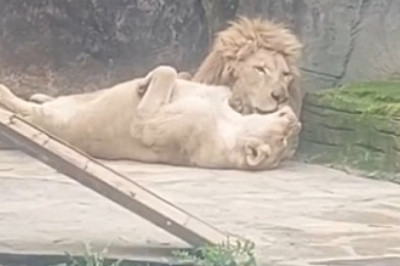
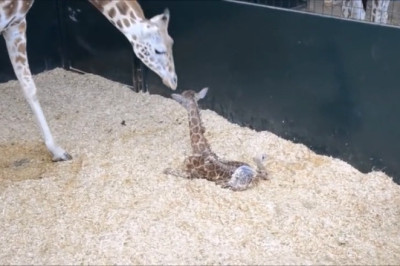
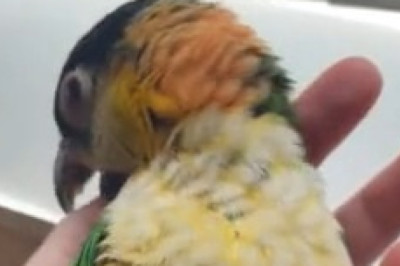
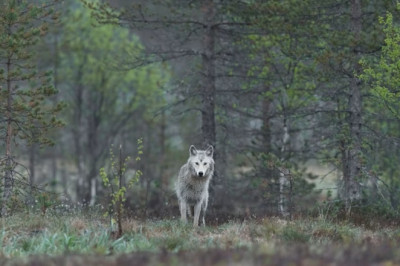




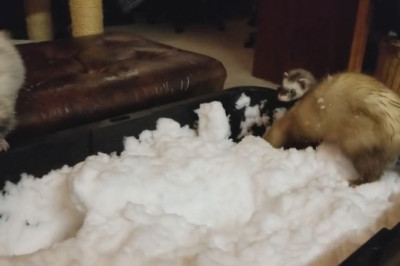
Comments
0 comment